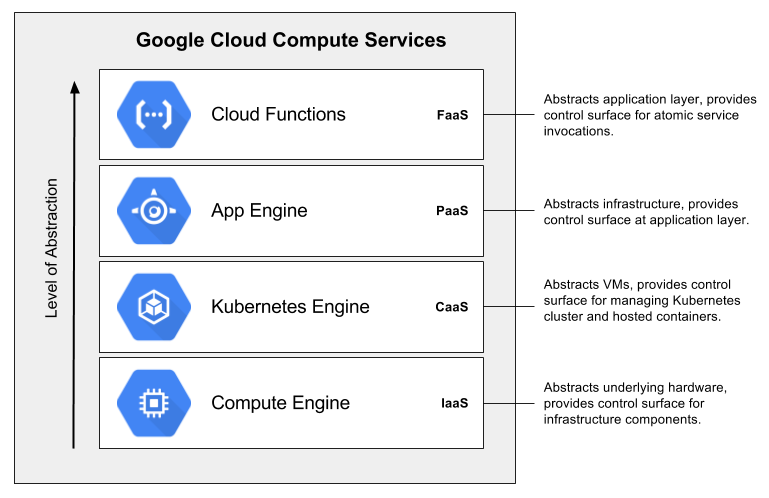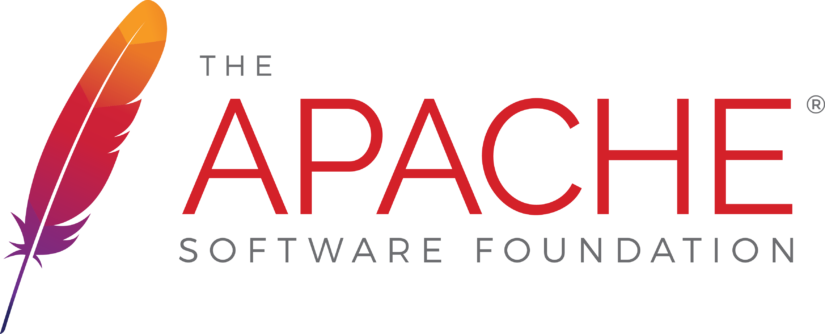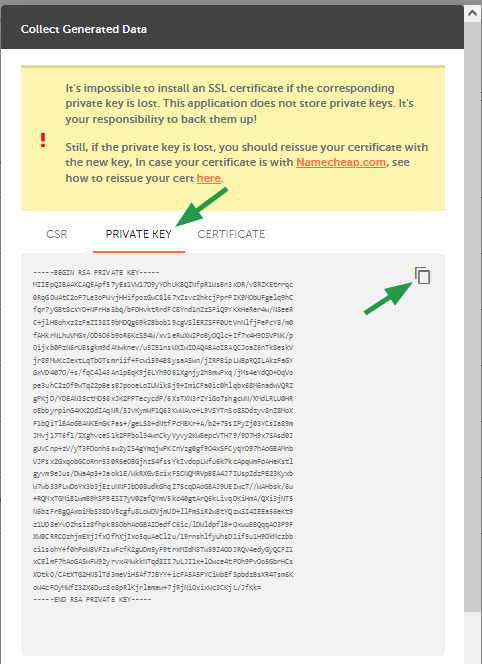
Caddy is a lightweight and modern webserver that can serve static as well as dynamic websites. It is open-source and runs on many platforms including Linux, macOS Windows, BSD, and Windows.
It supports HTTP/2 and experimental HTTP/3, and is built with security in mind. It's also optimized to be scalable and use as little global state as possible.
Caddy comes with a range of features, including HTTPS support. This makes it more flexible and simpler to use than Apache. The web-based admin interface, the modular architecture and the support for multiple hosts are all included.
It is also expandable with plugins. Caddy can be customized to suit any situation.
Config updates are graceful, even on Windows. The updates are stored on the local disk, so that they can be used after a restart.

Log rotation is automatic -- Caddy writes its output in JSON, and it rotates its logs on its own (after 100MiB of data), so it won't fill up your hard drive.
Caddy's web server is written in Go and offers more memory safety than C servers.
Multiplexing allows it to serve several sites at once on a single port. It supports multiple SSL Certificates and their automatic renewal.
It's very extensible and works with a wide range of languages and frames. You can add a system of plugins to extend the functionality and implement services that have been around for a long time, web standards or other useful features.
Caddy can therefore be built to fit your specific needs and installed on different systems. It's also compatible with non-containerized and containerized servers.
Caddy's command-line interface is extensible, with a JSON REST API that allows it to be configured from any application. It also has a built-in scheduler cron which automates updates. This makes Caddy ideal for deploying high-volume servers and platforms on the cloud.

Caddy's flexibility and versatility may make it a good choice for hosting a website or blog, but its open source status is not guaranteed. It is still a good choice for hosting websites or blogs.
Installation
Installing Caddy can be a fairly simple process. This involves installing the server binaries on your local machine. Then, configure them to start automatically upon boot. This includes adjusting ownership and permissions so that only the root user can read and modify files in the folder you want to serve from.
For you to start the server, a valid domain is required. Also, an IP address must be provided. Visit DigitalOcean to create a personal token that has read-write permissions on your account.
After you have downloaded the static binary, you can download it from the GitHub website. To install and start Caddy, follow the instructions found on the website. Once you're done, you can launch Caddy in a terminal by typing the server command.
FAQ
How Much Does It Cost to Make An Ecommerce Site?
This will depend on whether you are using a platform or a freelancer. Most eCommerce sites start at around $1,000.
However, once you decide on a platform, you can expect to pay anywhere between $500 and $10,000.
The average cost of a template will not exceed $5,000. This includes any customizations that you might need to suit your brand.
How much does it cost for a website to be built?
The answer to this question depends on what you want to accomplish with your website. Google Sites might be free if your website is limited to information about you or your company.
However, if you want to attract visitors to your website, you'll likely want to pay for something more robust.
A Content Management System (like WordPress) is the best solution. These programs make it easy to create websites without any programming knowledge. And because third-party companies host these sites, you won't need to worry about getting hacked.
Squarespace is another service that can be used to build websites. There are a number of plans available, with prices ranging from $5 per Month to $100 Per Month depending on the features you wish to add to your website.
What should I include in my Portfolio?
These should all be included in your portfolio.
-
Examples of your previous work.
-
If possible, links to your site
-
Your blog may have links
-
Links to social media pages.
-
Other designers' online portfolios can be found here.
-
Any awards you have been given.
-
References.
-
Examples of your work.
-
These links will help you communicate with clients.
-
These links show that you are open to learning new technologies.
-
You are flexible, these links will show it.
-
Links showing your personality.
-
Videos showing your skills.
Statistics
- Studies show that 77% of satisfied customers will recommend your business or service to a friend after having a positive experience. (wix.com)
- The average website user will read about 20% of the text on any given page, so it's crucial to entice them with an appropriate vibe. (websitebuilderexpert.com)
- It enables you to sell your music directly on your website and keep 100% of the profits. (wix.com)
- Did you know videos can boost organic search traffic to your website by 157%? (wix.com)
- In fact, according to Color Matters, a signature color can boost brand recognition by 80%. There's a lot of psychology behind people's perception of color, so it's important to understand how it's used with your industry. (websitebuilderexpert.com)
External Links
How To
How to use WordPress as a Web Designer
WordPress is a free software application used to build websites or blogs. You will find many features such as easy installation and powerful theme options. You can personalize your website with this website builder. There are hundreds of themes and plugins available that will help you create any website. If you would like, you can even add your own domain name. All of these tools make it easy to manage your website's appearance and functionality.
WordPress can help you create stunning sites even without knowing how to code HTML. If you don't know anything about coding, there's no reason why you shouldn't be able to set up a professional-looking website in minutes! We will walk you through basic steps to set up WordPress on your computer. We'll explain everything so you can follow along at home.
WordPress.com is the most widely used Content Management System (CMS) and currently has 25 million users around the world. There are two different versions of WordPress available; you can either buy a license from them for $29 per month or download the source code and host it for free.
WordPress is popular for many reasons. For one thing, it is very simple to use, and anyone who can write a little bit of HTML can create a great-looking site. You also have the flexibility to change your site's look and feel. Many themes are free on WordPress.org, meaning you can change the look and feel of your site entirely without having to pay a penny. Finally, it's highly customizable. Numerous developers offer premium addons that enable you to automatically update posts whenever someone comments on them, or integrate social sharing into your website.